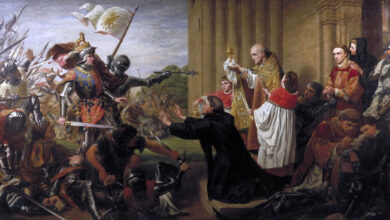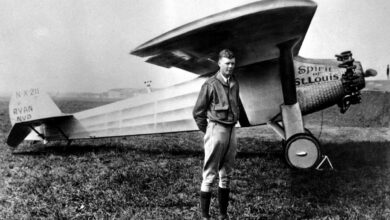Bottling the Bubbles: How Coca-Cola Became a Worldwide Sensation
On a day that would mark a significant turning point in the beverage industry, Coca-Cola was sold in bottles for the first time on 12 March 1894. This pivotal moment transformed Coca-Cola from a soda fountain novelty into a global icon, making it accessible to people far and wide. The bottling of Coca-Cola not only revolutionised the brand’s distribution but also altered the landscape of advertising and consumer culture forever.
The story of Coca-Cola began in 1886 when Dr. John S. Pemberton, a pharmacist from Atlanta, Georgia, created a distinctive syrup intended for use as a fountain drink. Initially sold at Jacob’s Pharmacy for five cents a glass, Coca-Cola quickly gained popularity. However, its reach was limited to soda fountains, restricting its consumption to establishments that could afford the soda fountain equipment.
The idea to bottle Coca-Cola can be attributed to two visionary entrepreneurs, Benjamin Thomas and Joseph Whitehead. They approached Asa Griggs Candler, who owned the company then, with a proposal to bottle and sell Coca-Cola to increase its availability beyond soda fountains. Initially sceptical, Candler eventually granted them the bottling rights for just one dollar, a transaction never formalised with a written contract.
The first bottling of Coca-Cola occurred in Vicksburg, Mississippi, at the Biedenharn Candy Company, owned by Joseph A. Biedenharn. The initial bottles used were simple Hutchinson-style bottles, typical for carbonated drinks at the time. However, these bottles were not unique to Coca-Cola, which led to widespread imitation and counterfeit products.
Recognising the need for a unique bottle that could be recognised in the dark or when broken, the Coca-Cola Company launched a competition in 1915 to design a new bottle. The result was the iconic contour bottle, designed by the Root Glass Company of Terre Haute, Indiana. This distinctive design, inspired by the shape of the cocoa bean, became synonymous with Coca-Cola, helping to combat imitations and solidifying the brand’s identity.
The introduction of bottled Coca-Cola revolutionised the way people consumed beverages. It allowed Coca-Cola to be enjoyed anywhere, from picnics to private homes, expanding its market dramatically. The bottle’s portability enabled Coca-Cola to become a global brand, reaching corners of the world where soda fountains were non-existent.
Moreover, Coca-Cola’s bottling ushered in a new era of advertising and marketing strategies. The company leveraged its unique bottle design in advertisements, building a brand image that was recognisable worldwide. Coca-Cola’s success story became a model for marketing and brand management, illustrating the power of branding and product design.
Today, the Coca-Cola bottle is not just a container for a popular beverage; it’s a cultural icon, representing moments of refreshment and happiness shared across generations and geographies. The decision to sell Coca-Cola in bottles in 1894 was a defining moment that propelled a humble soda fountain drink to become one of the world’s most beloved and recognised brands.
As we look back on this fizzy revolution, we celebrate not just the birth of bottled Coca-Cola but the spirit of innovation and entrepreneurship that bubbles at the heart of the brand’s enduring legacy.





